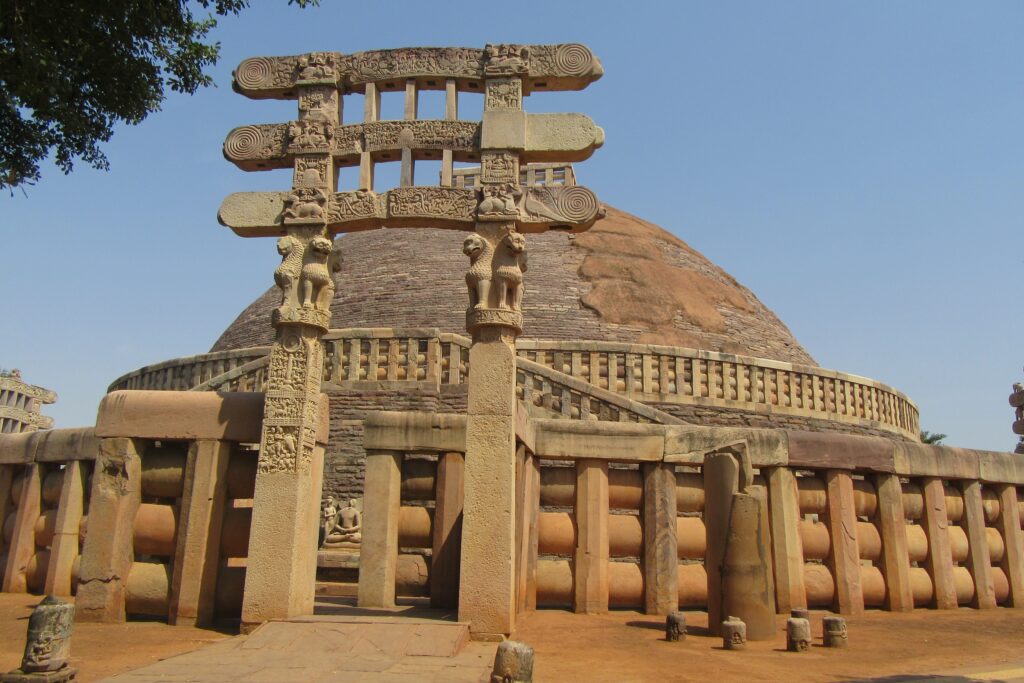Introduction
Sanchi Stupa, an ancient architectural marvel nestled in the heart of Madhya Pradesh, India, is a symbol of profound spirituality and historical significance. This monumental structure, with its intricate carvings and serene surroundings, continues to captivate the hearts of visitors from around the world. In this article, we will delve into the rich history, architectural features, and spiritual essence of the Sanchi Stupa, offering readers a comprehensive understanding of this remarkable site.
1. Unveiling the Historical Origins
The history of Sanchi Stupa dates back to the 3rd century BCE when Emperor Ashoka, a prominent Mauryan ruler, commissioned its construction. Originally intended to enshrine the relics of Lord Buddha, the stupa gradually evolved into a center for Buddhist pilgrimage and worship. This historical significance makes Sanchi Stupa a unique testament to the spread of Buddhism across ancient India.
2. Architectural Marvels and Design Elements
The architecture of Sanchi Stupa reflects the mastery of craftsmanship prevalent during its time. The hemispherical dome, which serves as the main structure, is adorned with exquisite toranas (gateways) showcasing intricate carvings that depict the life and teachings of Buddha. These carvings not only narrate stories but also offer a glimpse into the artistic flair of the artisans of that era. The symmetry and precision of the architectural elements continue to awe architects and historians alike.

3. Spiritual Significance and Cultural Heritage
Sanchi Stupa transcends its physical form to embody deep spiritual significance. Buddhists regard the stupa as a symbol of enlightenment, while visitors of various faiths appreciate its serene ambiance for meditation and reflection. The serene gardens surrounding the stupa enhance the spiritual atmosphere, inviting visitors to connect with their inner selves and the historical roots of ancient India.
4. Sanchi Stupa in the Modern World
Even in the modern era, Sanchi Stupa continues to attract scholars, tourists, and spiritual seekers. Its inclusion as a UNESCO World Heritage Site further underscores its global importance. The site’s preservation efforts, coupled with educational initiatives, ensure that the legacy of Sanchi Stupa remains intact for generations to come.

5. Visiting Sanchi Stupa: Practical Information
For those planning a visit to Sanchi Stupa, it’s essential to be prepared. The best time to visit is during the winter months, from October to March, when the weather is pleasant for exploration. Local guides can provide valuable insights into the historical and spiritual aspects of the site, making the experience even more enriching.
Conclusion
In conclusion, Sanchi Stupa stands as a testament to ancient Indian craftsmanship, spiritual enlightenment, and historical legacy. Its intricate architecture, rich carvings, and serene surroundings offer visitors a unique opportunity to connect with the past and gain a deeper understanding of Buddhist heritage. As we continue to admire and cherish this architectural marvel, let us also remember the enduring wisdom it represents and the universal truths it embodies.



